It’s no surprise that the MoD decided to look east for their new watch. Seiko had been producing excellent quartz watches for years, and the watch they provided was a fantastic example of everything a quartz chronograph could be. The 7A28-7120, now most often called the Gen 1 (Seiko later supplied a second generation in the 1990s), was first issued to British pilots in October 1984 and was not replaced until November 1990. During that run, the MoD bought and issued a total of 11,307 Gen 1 chronographs, making it one of the more numerous chronographs issued to military forces.
![SEIKO_7A28_RAF_WHOLE1]()
![SEIKO_7A28_RAF_CASEBACK1]() During the time they were supplying these watches to the British military, Seiko was also producing a wide variety of 7A28 chronographs for the civilian market. However, a few differences exist between the Gen 1 and civilian 7A28 variants. The Gen 1’s case is simpler than all commercially available 7A28 models; it has a matte, blasted finish, an integrated, unmarked bezel, and fixed strap bars. To comply with military guidelines, Seiko stamped a “circle P” on the dial, indicating that Promethium – a mildly radioactive man-made element – was used to illuminate portions of the dial and hands. On the caseback are stamped the NATO stock numbers, as well as the watch’s individual issue number and year of issue. The broadarrow symbol indicates that the watch was property of the Crown and did not belong to an individual soldier or sailor.
During the time they were supplying these watches to the British military, Seiko was also producing a wide variety of 7A28 chronographs for the civilian market. However, a few differences exist between the Gen 1 and civilian 7A28 variants. The Gen 1’s case is simpler than all commercially available 7A28 models; it has a matte, blasted finish, an integrated, unmarked bezel, and fixed strap bars. To comply with military guidelines, Seiko stamped a “circle P” on the dial, indicating that Promethium – a mildly radioactive man-made element – was used to illuminate portions of the dial and hands. On the caseback are stamped the NATO stock numbers, as well as the watch’s individual issue number and year of issue. The broadarrow symbol indicates that the watch was property of the Crown and did not belong to an individual soldier or sailor.









 Featured Videos
Featured Videos




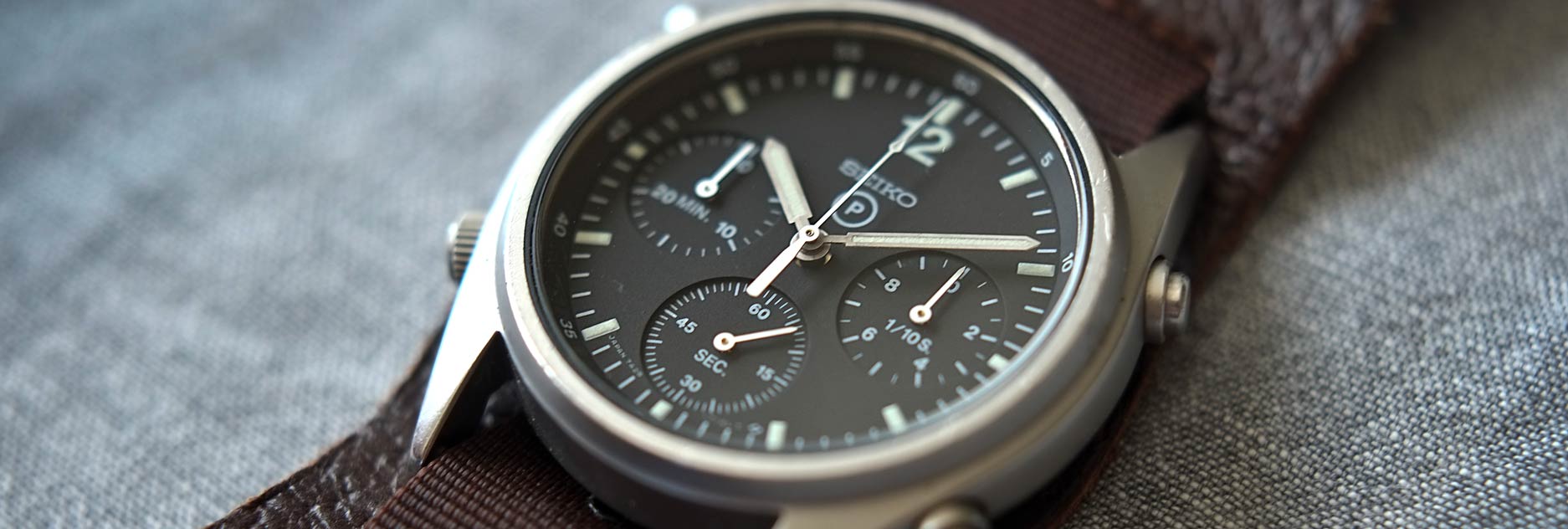
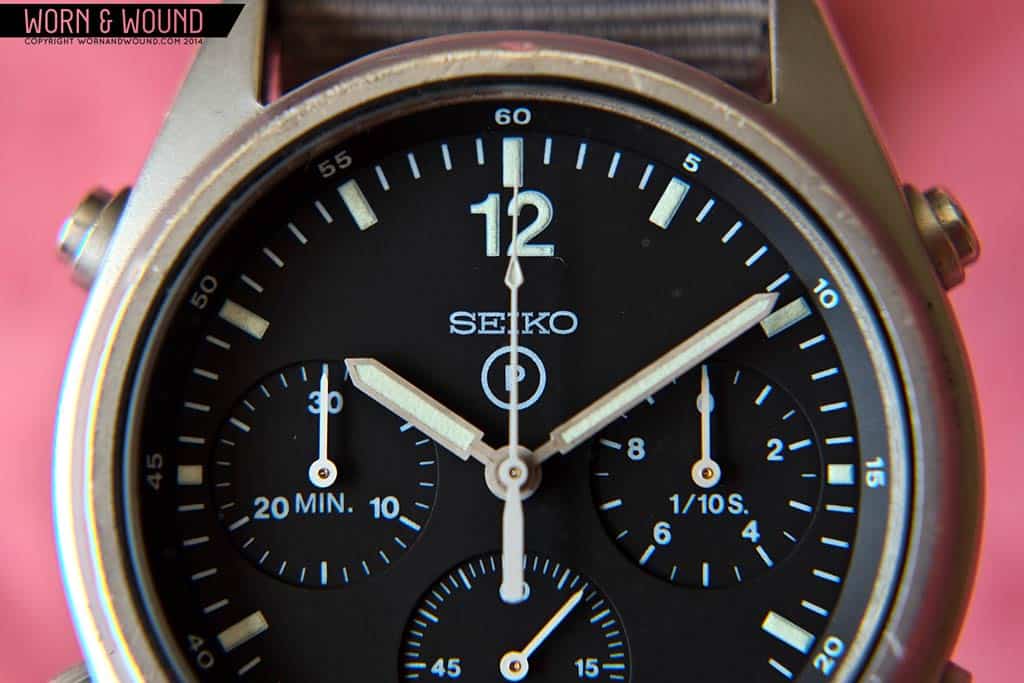
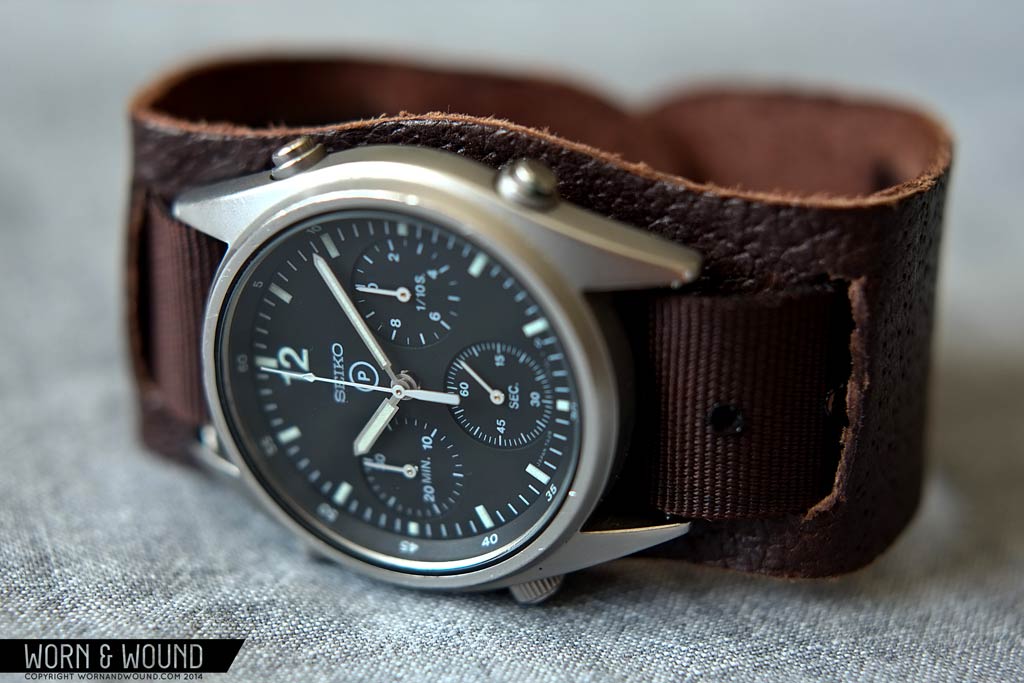

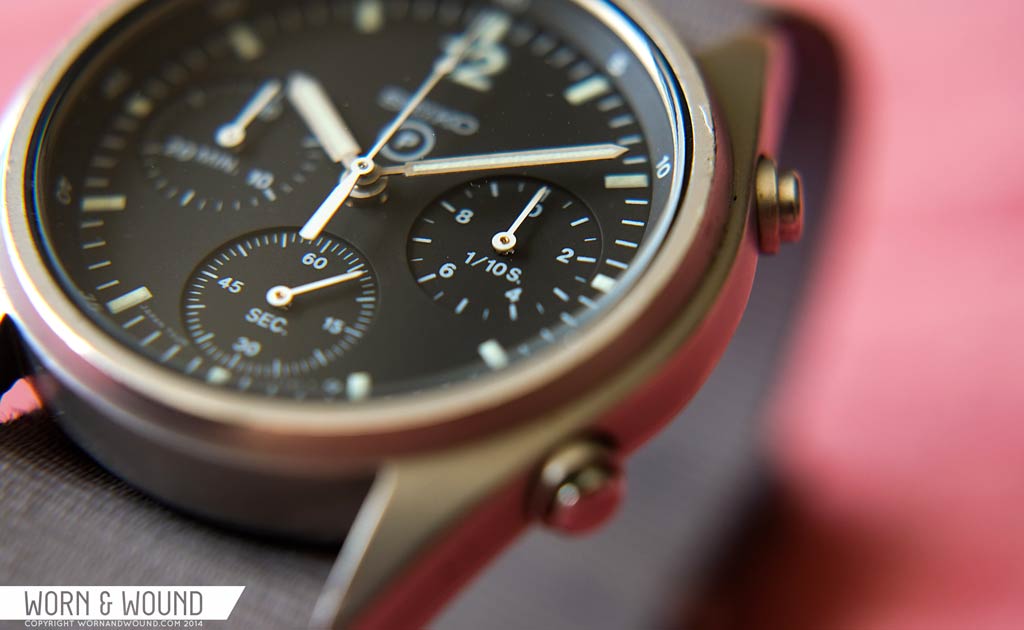
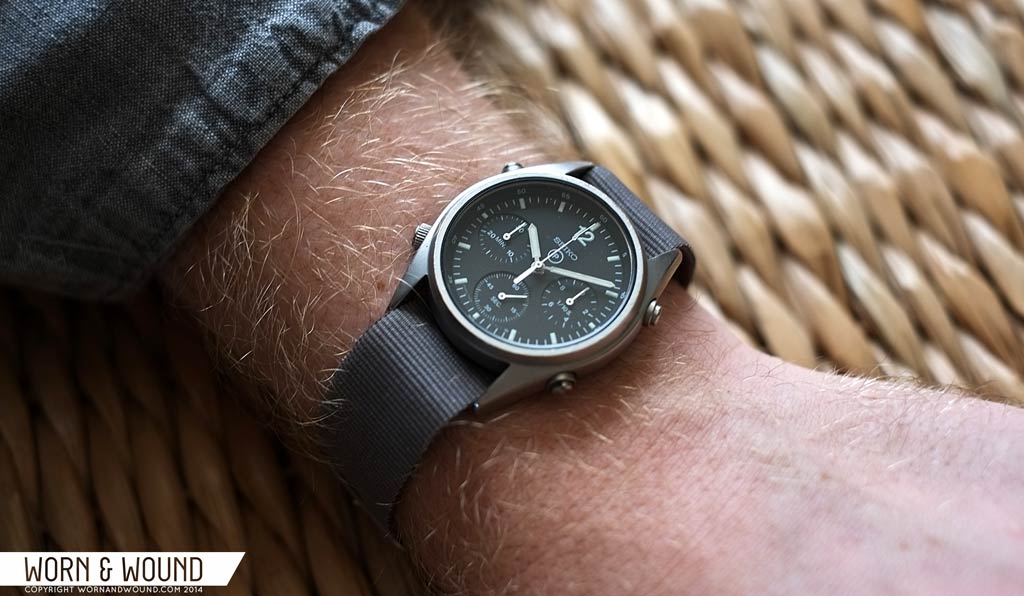
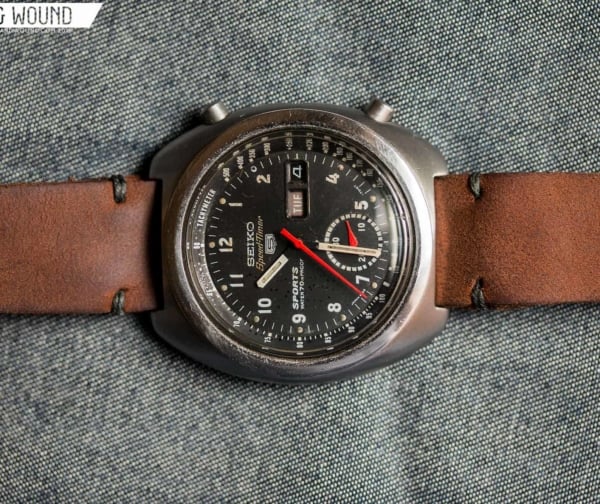
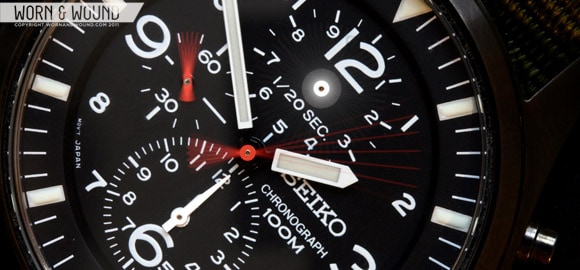

One of my favorite movements and one of my favorite watches. The design is absolutely perfect.
Cracking good article, Brandon. The 7a28 and 38 are gorgeous watches and just starting to be taken seriously. The military versions are gorgeous.
I have a seiko 7a28-7039 and it is one of my favorite watches.
Beautiful. How big is the wrist in the photos?
The watch is 37mm across (excluding the crown and pushers), and is 44mm lug to lug.
My wrists are about 7″, and the watch is comfortably wearable.
/bc
Yes, and what is the size of the watch? If I had to guess, looks like about 36mm in diameter?
Quiet fine price for such historical movement and watch. Also interested what is wrist size.
It’s worth noting that there’s a similar watch that was made by Pulsar. Their RAF quartz chronograph came in both military and civilian issues (with the latter being quite a bit easier to find and cheaper). I don’t think it’s as nice looking as the Seiko equivalent, though.
I’ve wanted one of these for awhile…
Really nice watch!
Such a great design with amazing clarity. I want one!
I bought my pulsar a little over a year ago and i love it, best fun under $65 here is a thingy i wrote on my blog on it: http://pmapd.blogspot.ca/2012/11/lust-for-time.html